Hey everyone! Please check out our work at our github page and our website, and join us in developing the future of biofeedback! The HEG has so much potential, and we opened the doors to everyone with one of the most affordable and easy to use biofeedback devices ever! This is an evolving project. We have developer DIY kits available for sale on crowdsupply or you can contact me directly, and most of our software features are in a very functional state but not polished.
I designed these kits to be very easily assembled by hand within 15-30 minutes and be quite durable. The designs are also freely available if you want to come up with your own. I want the community to help develop the HEG, it's so cool it's gotta happen!!
There is a long history of blood flow training, from ancient breathing techniques to enter different mental states, to modern ace pilot training to stay conscious under high g's. It is also a powerful tool to maintain our mental health - since nothing works without good fuel flow from your heart and lungs, as well as it enabling your immune system to function better. It also turns out nothing stops blood flow to the brain like stress and poor health! It's an incredibly sensitive organ, and the HEG can help you keep in touch!
HEG neurofeedback training is akin to aerobic exercise - but for your brain! It gets weirder, though. Like an antenna, our body can learn to use the HEG signal to directly elevate a targeted area of our frontal cortex and likely the rest of our brain - just like we can do in other parts of our body. There are many questions about how this might enable new types of brain-computer interfacing.
HEG sensors can even be arrayed to do diffuse optical tomography and generate a 2D image of surface brain activity. It also turns out that if the sampling rate is fast enough you can even see brain wave patterns within reflected light from blood flow! You could probably accomplish a lot of this with our off-the-shelf hardware.
 Joshua Brewster
Joshua Brewster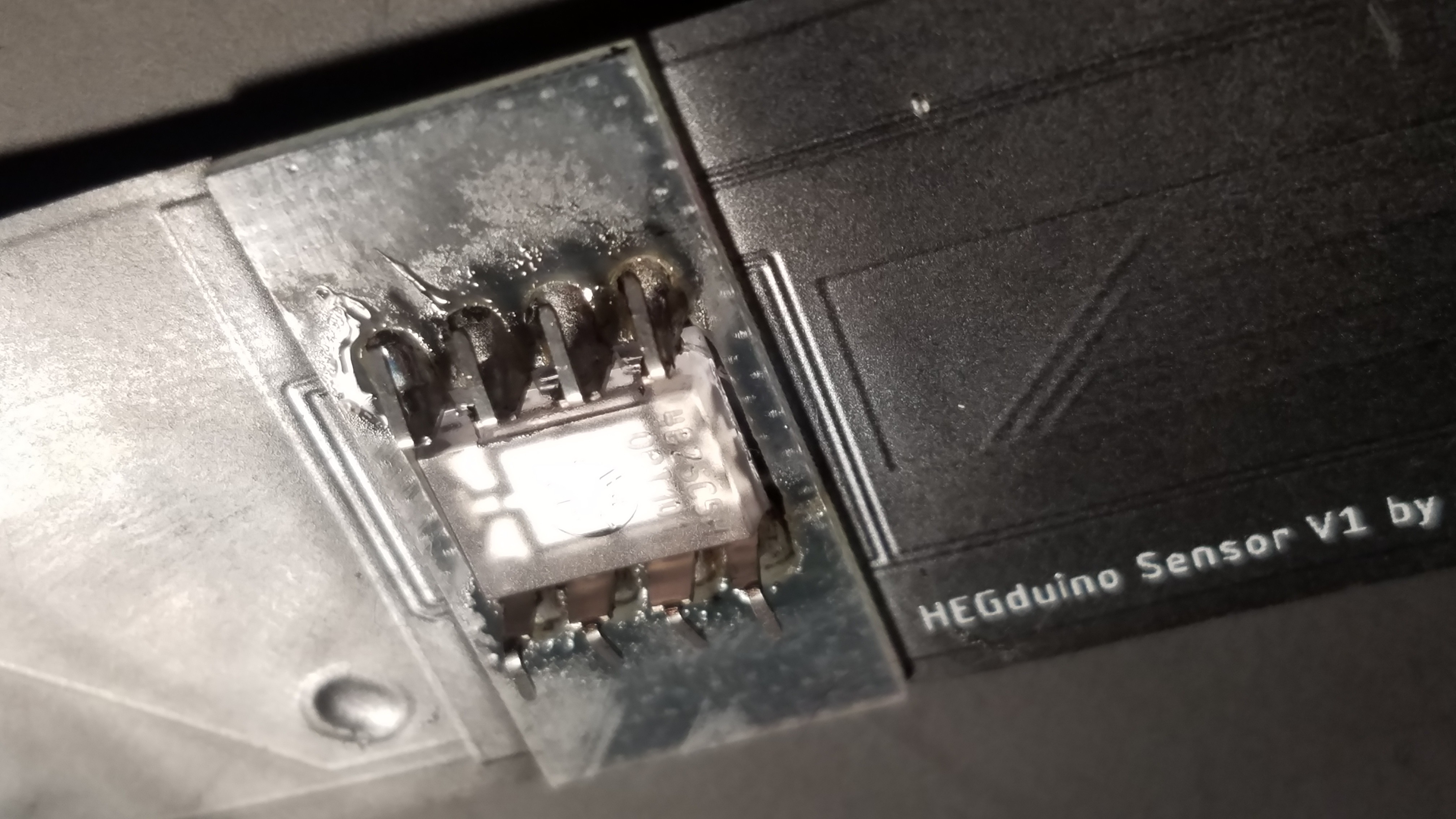
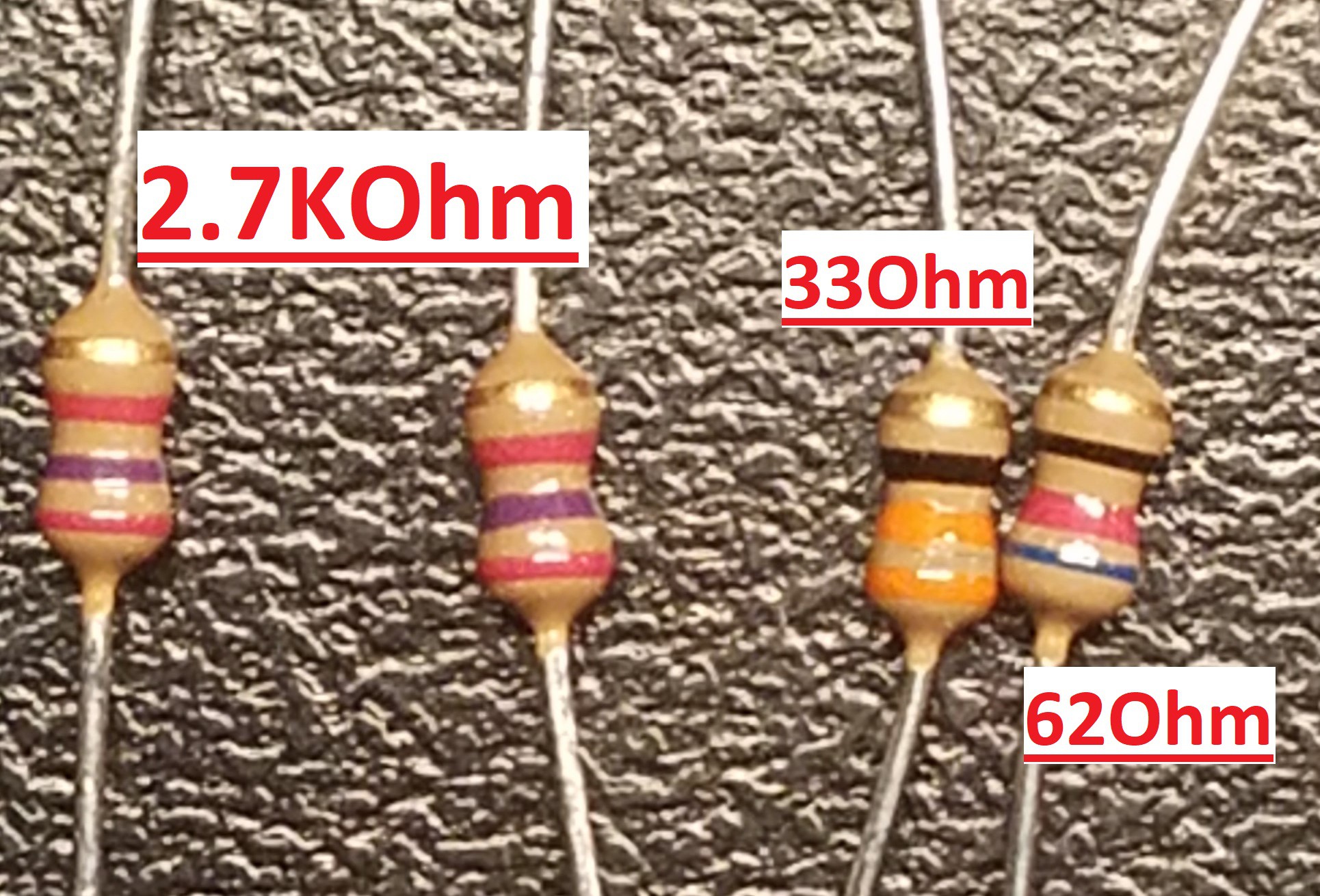
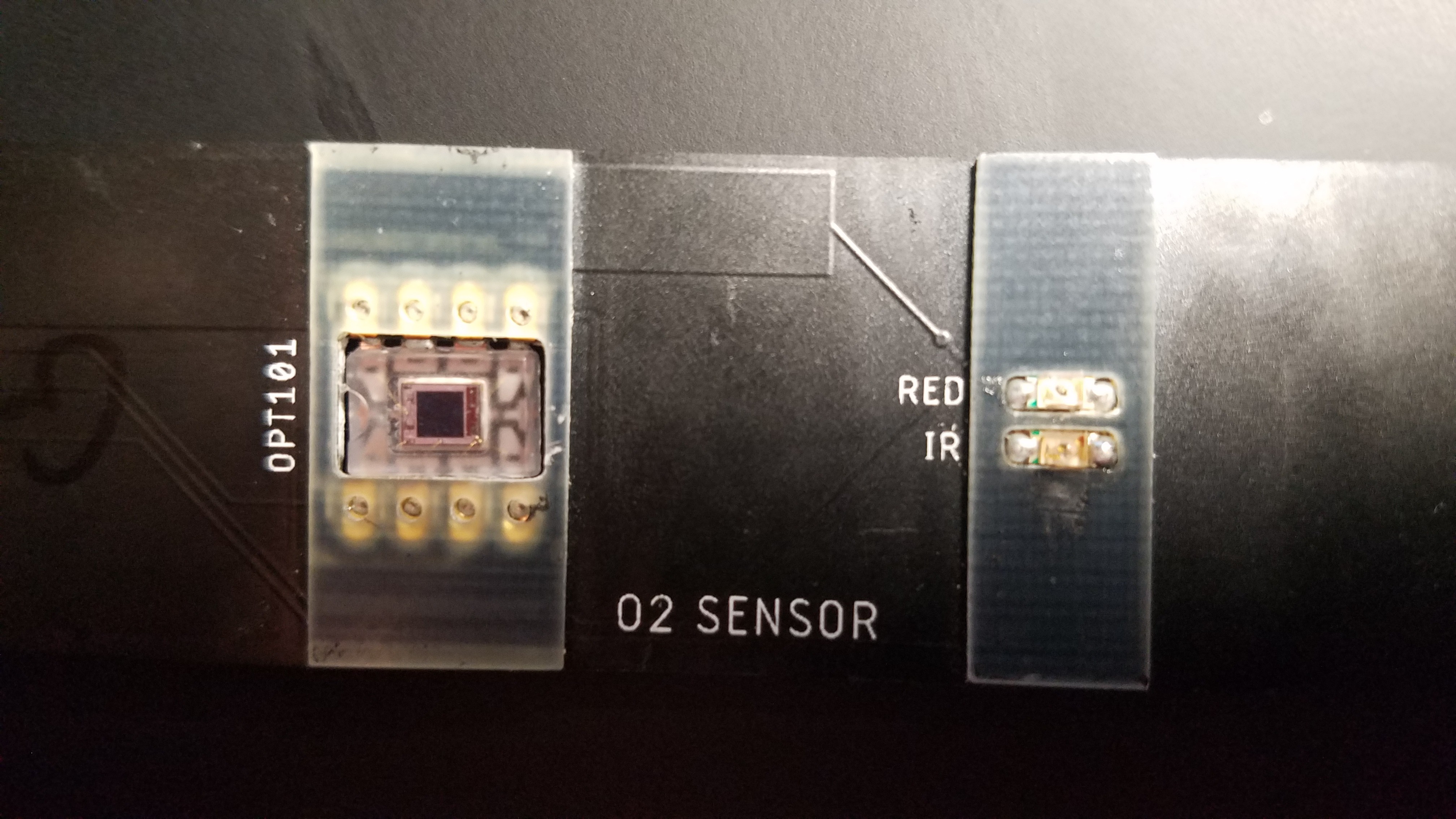
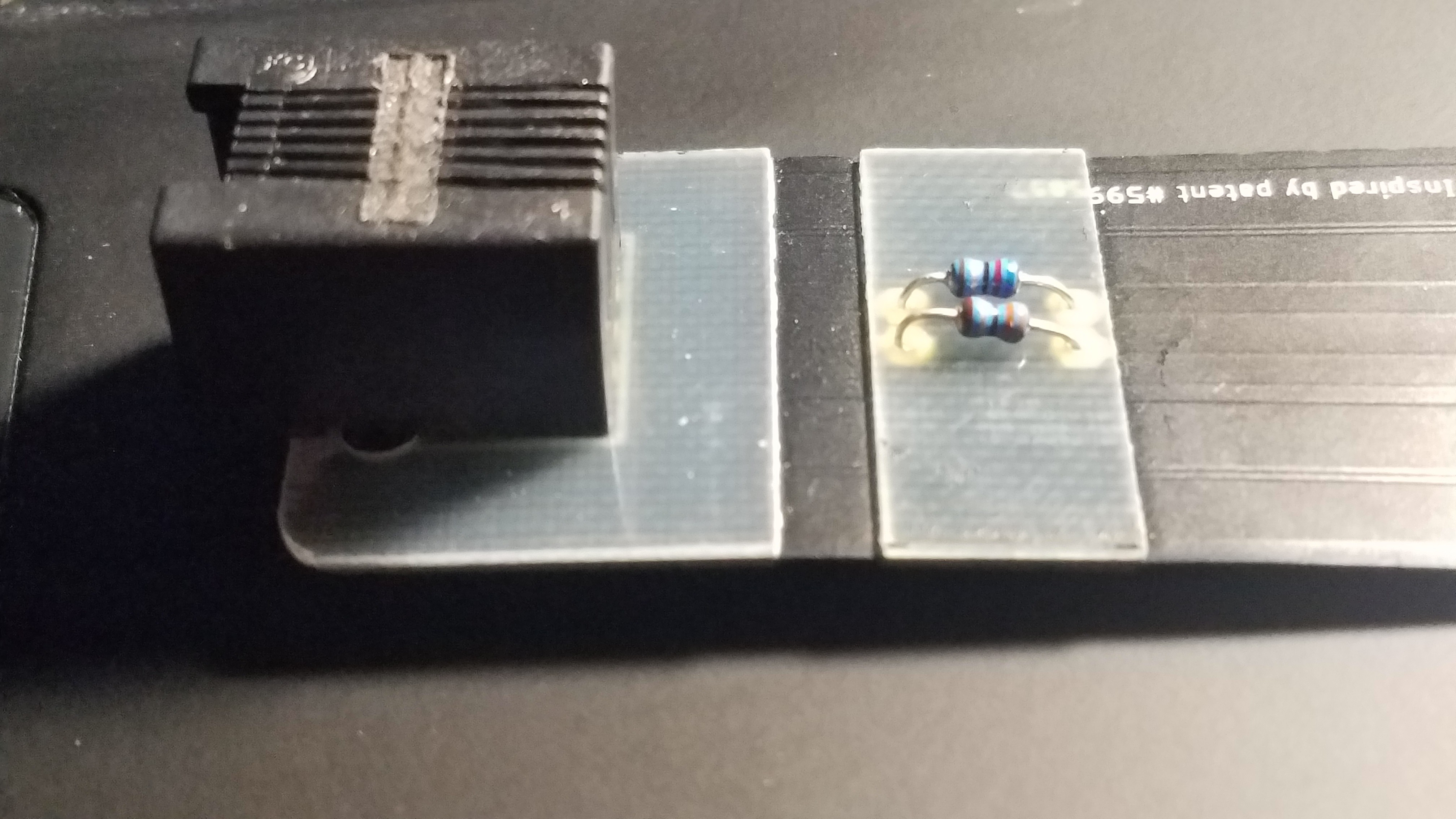
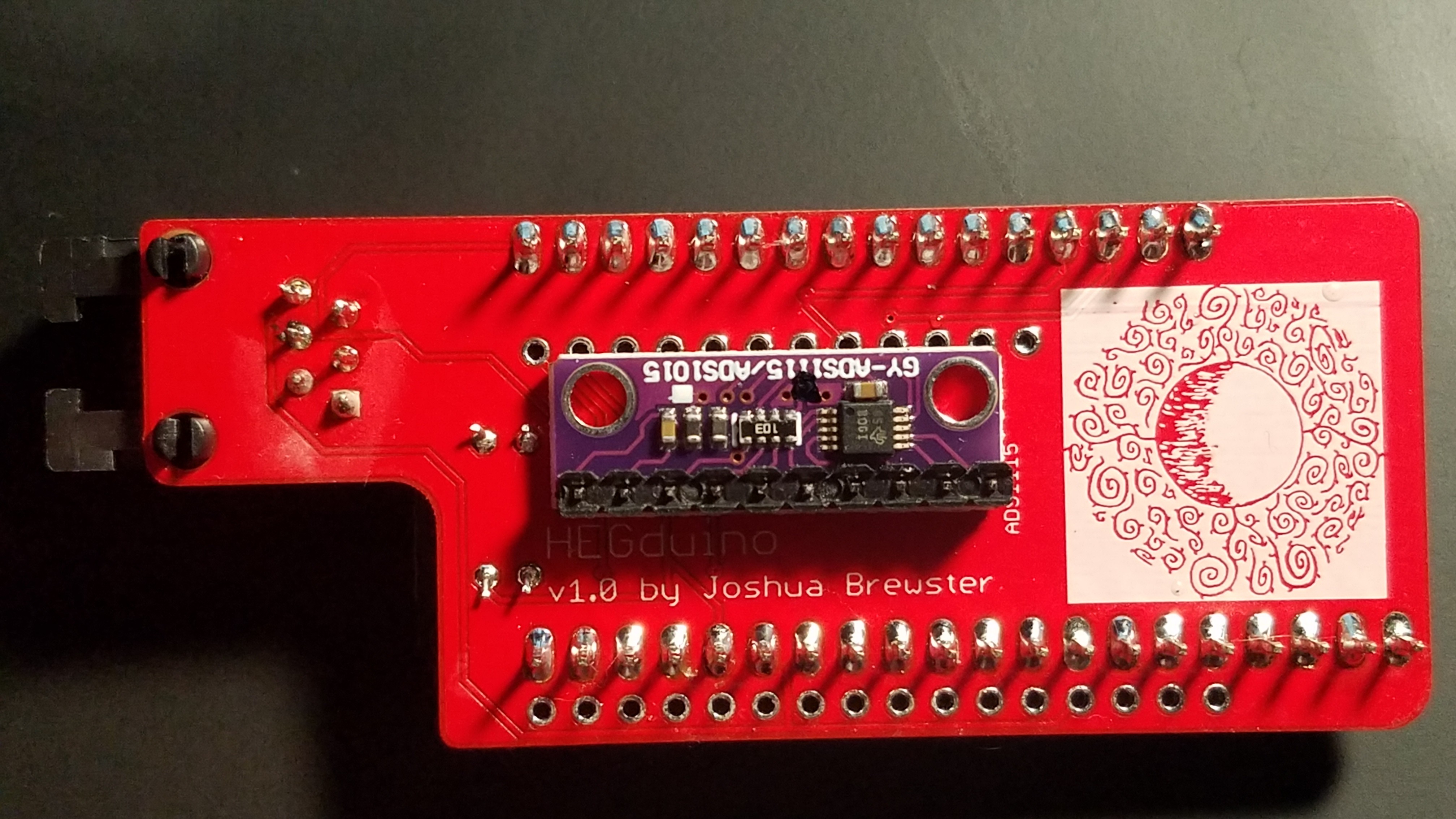
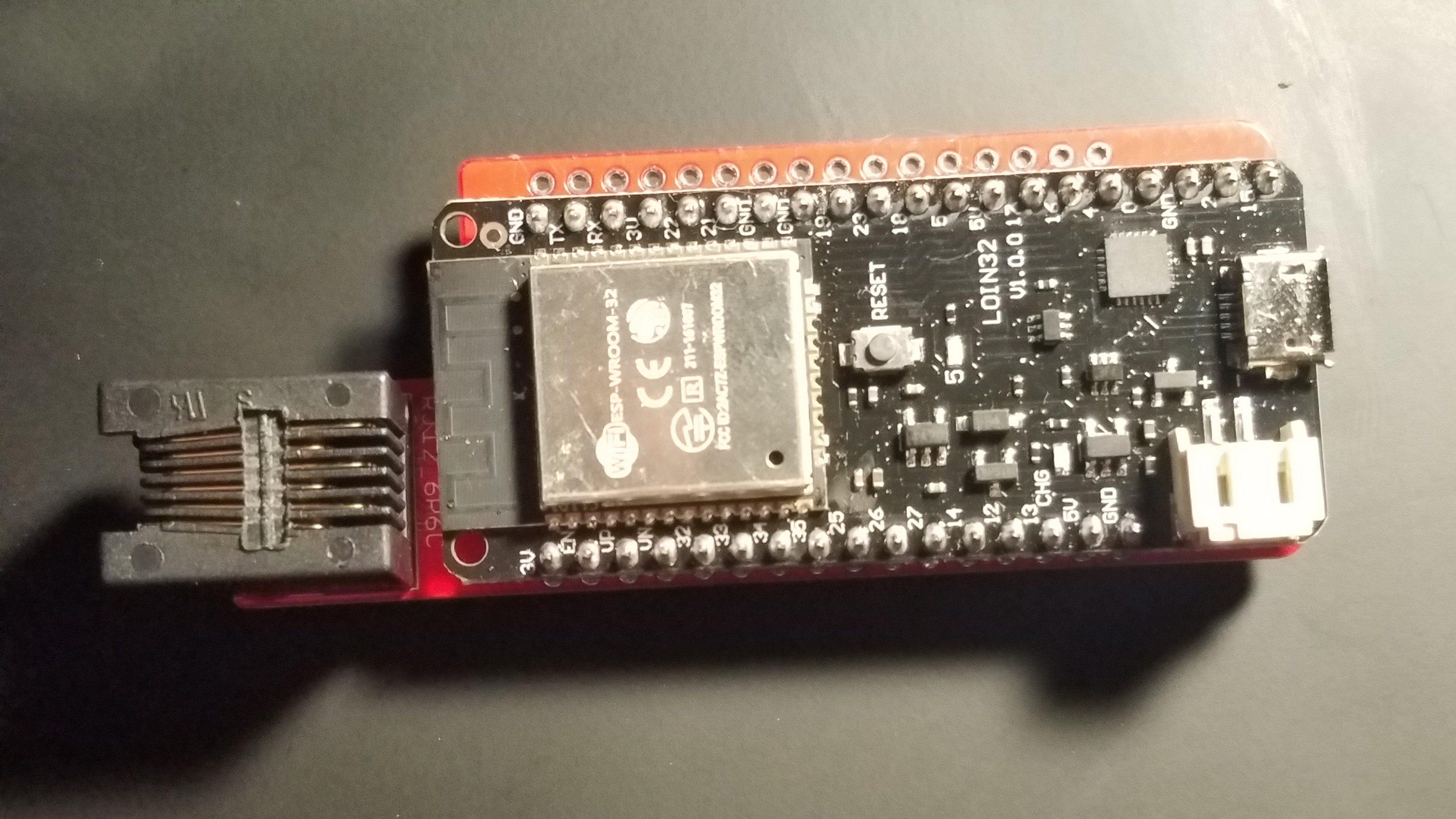


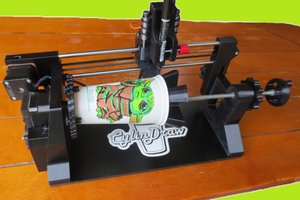
 Michael Graham
Michael Graham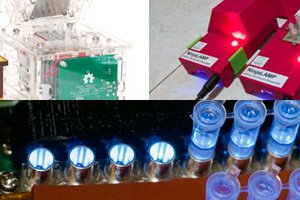
 shingo
shingo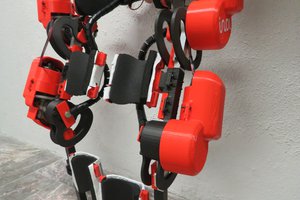
 Jesús Tamez-Duque
Jesús Tamez-Duque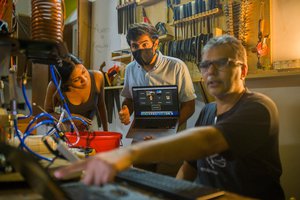
 Vaibhav Chhabra
Vaibhav Chhabra
Looking at the HEGduino V2 on Crowd supply now. Wondering if I can find more details about seeing brainwaves with HEG/fnirs